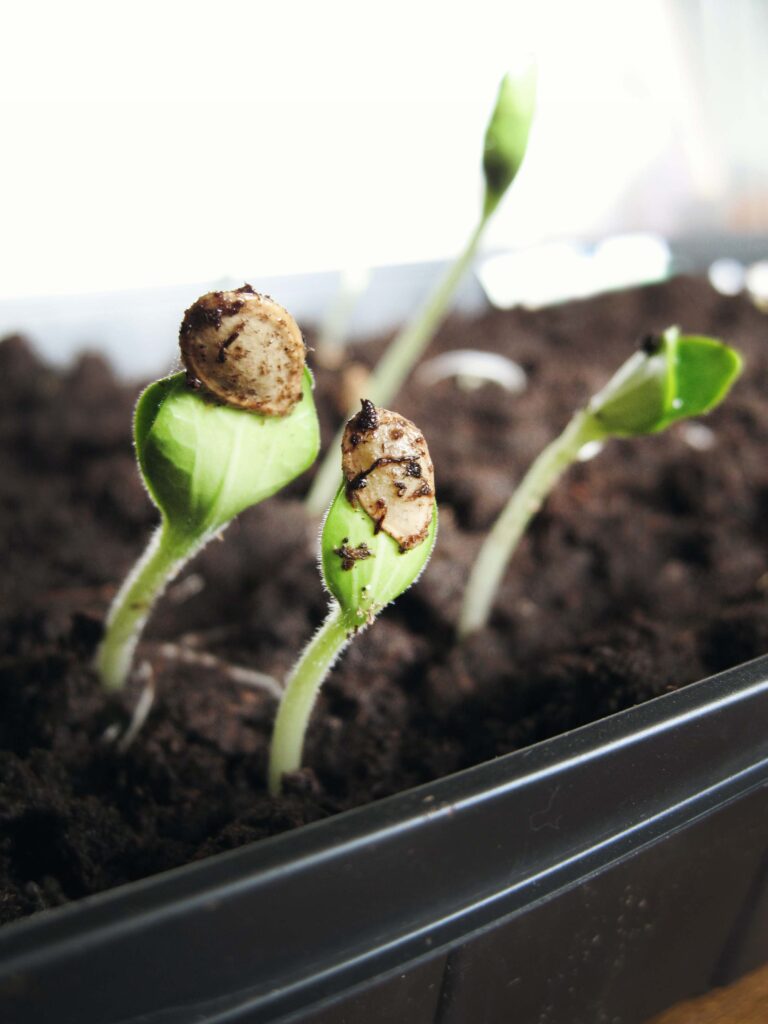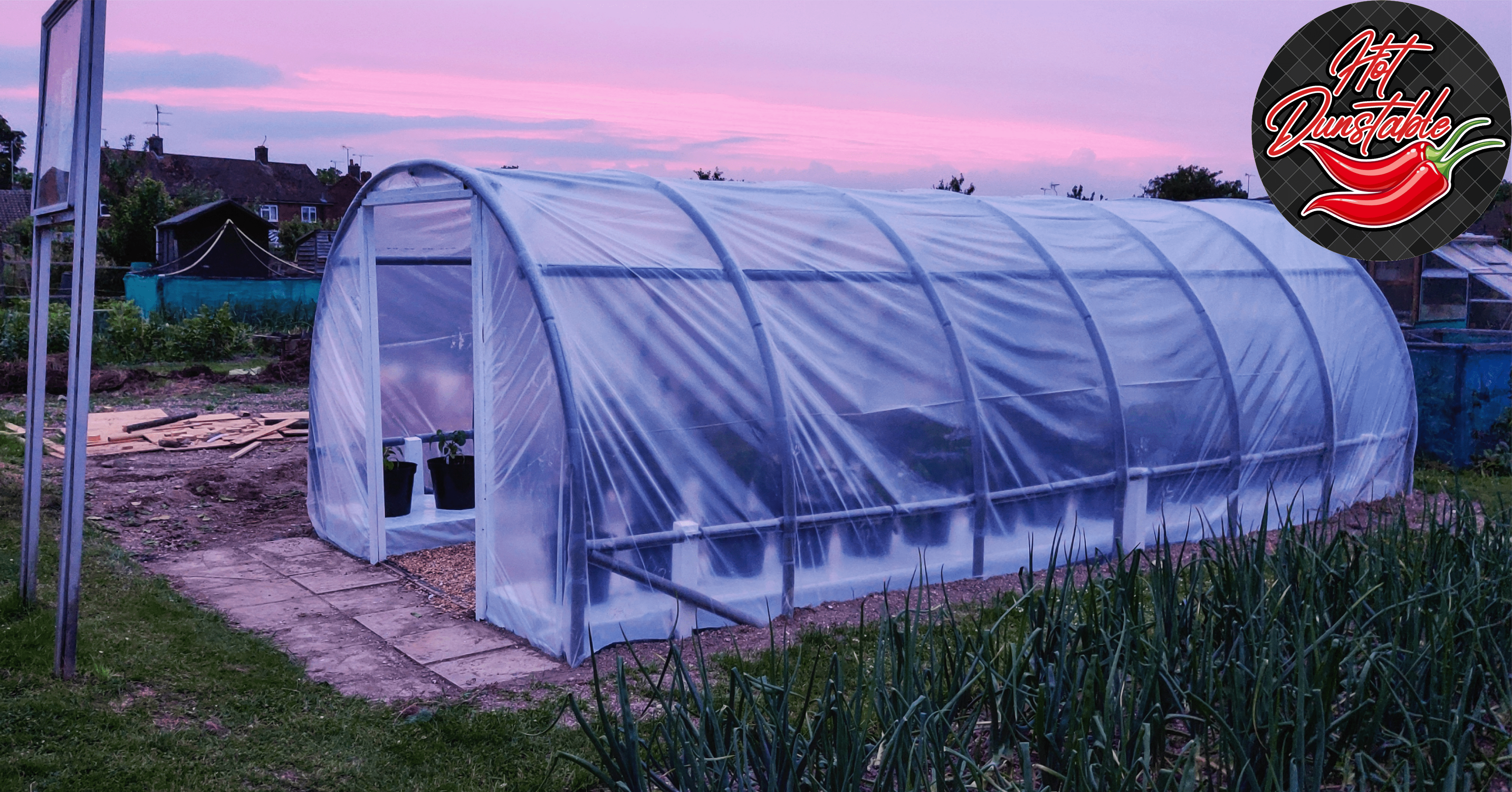A plant begins growing when a seed germinates and sends a shoot up towards the surface of the soil. As the shoot grows, it develops leaves and begins to photosynthesize, using energy from the sun to convert water and carbon dioxide into glucose. The plant continues to grow taller and stronger as it absorbs nutrients from the soil and produces more glucose through photosynthesis.
In this article, we will break down the full function of a plant and how all the parts work together. This is the ultimate guide about the teamwork of the plant.
1. General Information
2. All parts of the plant.
3. The goal of a plant
4. Grow Phase
5. Bloom Phase
6. Important factors
7. Plant Health
8. Protection
9. Produce
10. Reproduce
- All parts of the plant
Roots: These anchor the plant in the ground and absorb water and nutrients from the soil.
Stem: The stem supports the plant and holds it upright. It also carries water and nutrients from the roots to the rest of the plant.
Leaves: Leaves are the main site of photosynthesis, where the plant converts sunlight into energy. They also help the plant exchange gases with the environment.
Flowers: Flowers are the reproductive structures of a plant. They produce pollen, which is used to fertilize the plant’s eggs and create seeds.
Fruit: Some plants produce fruit as a means of seed dispersal. The fruit provides a protective layer for the seeds and often contains sweet, attractive flesh to attract animals that will eat the fruit and disperse the seeds in their droppings.
Seeds: Seeds are the plant’s means of reproduction. They contain the embryo of a new plant and are protected by a seed coat. When conditions are right, the seed will germinate and grow into a new plant.
When a plant is in good health, all of its parts will work together to achieve the plant’s goal, which is
- The goal of a plant
The goal of a plant is to survive and reproduce, just like any other living organism. To achieve this, plants have evolved a number of strategies and adaptations that allow them to thrive in a wide range of environments.
One of the key ways that plants ensure their survival is through photosynthesis, the process by which they convert sunlight into energy. Through photosynthesis, plants are able to produce their own food and sustain themselves without relying on other organisms for sustenance. This self-sufficiency is a major advantage that has allowed plants to colonize almost every corner of the earth, from the frozen tundra to the hottest desert.
In addition to photosynthesis, plants have also developed other mechanisms to help them survive and thrive. For example, many plants have developed thick, waxy cuticles on their leaves and stems to protect themselves from drying out. Others have developed deep root systems that allow them to reach water and nutrients in the soil, even in dry or nutrient-poor environments.
But the ultimate goal of any plant is to reproduce and pass on its genetic material to the next generation. To do this, plants produce seeds, which contain the embryos of new plants. The seeds are often dispersed by wind, water, or animals, allowing the plant to colonize new areas and increase its chances of survival.
In summary, the goal of a plant is to survive and reproduce, using a variety of strategies and adaptations to thrive in a wide range of environments. From photosynthesis to seed dispersal, plants have evolved to ensure their continued survival and success in the world.
- Grow Phase
The grow phase of a plant is a time of rapid development and growth. It is the phase in which the plant establishes itself and begins to produce leaves, stems, and roots.
The grow phase begins when a seed germinates, sending a shoot up towards the surface of the soil. As the shoot grows, it develops leaves and begins to photosynthesize, using energy from the sun to convert water and carbon dioxide into glucose. The plant uses this glucose as an energy source to fuel its growth and development.
As the plant grows, it develops a root system to anchor it in the soil and absorb water and nutrients. The stem grows taller and stronger, supporting the plant and carrying water and nutrients to the rest of the plant. The leaves also continue to grow and expand, increasing the plant’s surface area for photosynthesis.
During the grow phase, the plant is particularly sensitive to its environment and can be impacted by factors such as temperature, light, and soil quality. Proper care and attention during this phase can help the plant reach its full potential and set the stage for a successful flowering and fruiting phase.
When growing plants in the growth phase, you can use Take Root to provide your plant with all the nutrients it needs to develop healthy and at it’s max rate.
- Bloom Phase
The bloom phase of a plant is a time of flowering and reproduction. It is the phase in which the plant produces flowers and, in some cases, fruit.
The bloom phase begins when the plant has reached a certain level of maturity and is ready to reproduce. This can be triggered by environmental factors such as the length of daylight hours or the availability of water and nutrients.
During the bloom phase, the plant’s flowers begin to open and produce pollen. Pollen is the male gametophyte of the plant and is used to fertilize the plant’s eggs, or ovules, to create seeds. The fertilized ovules develop into seeds, which are often protected by a fruit. The fruit can be eaten by animals, who disperse the seeds in their droppings, helping the plant to colonize new areas.
In some plants, the bloom phase is brief and only occurs once, while in others it may occur multiple times over the course of the plant’s lifetime. Regardless of the duration, the bloom phase is an essential part of the plant’s life cycle, as it ensures the continuation of the species.
When using Explode during the bloom phase, your plant may be able to grow and produce fruit at its maximum rate, given the right circumstances. (Good lightning, airflow, soil, etc)
- Important factors
There are many factors to consider when growing plants, but some of the most important ones include:
Light: Most plants need a certain amount of sunlight to grow and thrive. Some plants, such as succulents and cacti, need a lot of direct sunlight, while others, such as ferns and orchids, prefer more indirect light. It is important to choose plants that are suited to the amount of light available in your location.
Water: All plants need water to survive, but different plants have different water requirements. Some plants, such as cacti and succulents, are adapted to dry conditions and need very little water, while others, such as tropical plants, need regular watering to stay healthy. It is important to know how much water your plants need and to provide it consistently.
Soil: The type of soil in which a plant is grown can have a big impact on its growth and health. Different plants have different soil requirements, and it is important to choose a soil that is well-draining and rich in nutrients. Adding compost or other organic matter can help improve the quality of the soil and provide the plants with the nutrients they need.
Temperature: Most plants have a preferred temperature range in which they grow best. It is important to choose plants that are suited to the temperature conditions in your location and to provide them with the appropriate amount of warmth or cooling as needed.
Pest and disease control: Pests and diseases can be a major problem for plants, and it is important to monitor your plants regularly for signs of infestation or illness. Taking preventative measures, such as using natural pest repellents or rotating crops, can help reduce the risk of these issues. If pests or diseases do occur, it is important to take prompt action to address the problem and prevent it from spreading.
Nutrients: Plants need 17 basic elements to grow and thrive. However, it is important to strike a balance when adding nutrients, as too much of any one nutrient can be detrimental to the plant. By providing all necessary nutrients in the right amounts, your plant will be able to grow at its maximum rate.
- Plant Health
Plants are a vital part of our ecosystem and provide a range of benefits to the environment and to humans. It is important for plants to have good health in order to maximize these benefits and to ensure their survival.
Good plant health is characterized by strong growth, a vigorous appearance, and the ability to resist pests and diseases. When a plant is healthy, it is able to photosynthesize efficiently, producing oxygen and removing carbon dioxide from the air. This helps to regulate the Earth’s atmosphere and contributes to the overall health of our planet.
In addition to their environmental benefits, healthy plants also have aesthetic and economic value. A well-maintained garden or landscape can increase the value of a property and provide a pleasant outdoor space for relaxation and enjoyment. Many plants also have medicinal or culinary uses, and a healthy plant is more likely to produce high-quality fruit, vegetables, or herbs.
There are many factors that can impact a plant’s health, including environmental conditions, pests and diseases, and the quality of soil and water. By providing proper care and attention, including adequate sunlight, water, and nutrients, you can help your plants to grow and thrive. Investing in the health of your plants not only benefits the plants themselves, but also has a ripple effect on the overall health of our planet and the quality of our lives.
- Protection
Plants have evolved a range of mechanisms to protect themselves from threats in their environment. These threats can come in many forms, including pests, diseases, and harsh weather conditions. By protecting themselves, plants are able to survive and reproduce, ensuring the continuation of their species.
One way that plants protect themselves is through physical barriers, such as thorns, spines, or hairy leaves. These structures can deter animals from eating the plant or make it more difficult for pests to access the plant’s tissues. Some plants also produce chemicals that are toxic or unpalatable to potential herbivores, further deterring them from consuming the plant.
Plants also have a range of defense mechanisms to protect themselves from diseases. These can include the production of chemicals that inhibit the growth of pathogens, the formation of physical barriers to prevent pathogen invasion, and the activation of immune responses to combat infected cells.
Plants also have to protect themselves from extreme weather conditions, such as drought, frost, or high winds. They do this through a variety of adaptations, such as deep root systems that can access water in dry conditions, waxy coatings on leaves that help to retain moisture, and flexible stems that can bend without breaking in strong winds.
Overall, plants have a range of strategies to protect themselves from threats in their environment. These mechanisms enable them to survive and reproduce, ensuring the continuation of their species.

8. Produce
Fruit production is an important aspect of a plant’s reproduction cycle. Fruits are the way that plants disperse their seeds, allowing them to spread and establish new populations. In addition to their reproductive role, fruits also provide a source of food for animals, who consume the fruit and disperse the seeds in their droppings. This mutualistic relationship benefits both the plant and the animal.
For a plant to produce fruit, it must first be pollinated. Pollination is the process by which pollen is transferred from the male reproductive organs of a plant to the female reproductive organs. This can be done by wind, insects, or other animals. Once the pollen has been transferred, fertilization occurs, and the plant’s ovules develop into seeds. The seeds are encased in a protective layer, often surrounded by edible tissue, which forms the fruit.
In addition to their reproductive and nutritional value, fruits also have a range of other uses. Many fruits are consumed as fresh food, while others are used to make juice, jam, or other processed products. Fruits are also used in a variety of cultural and medicinal traditions around the world.
Overall, the production of fruit is a crucial aspect of a plant’s reproduction and survival. In addition to their biological importance, fruits also have a range of practical and cultural uses for humans.
9. Reproduce
Plants have a unique system of reproduction that allows them to produce offspring and ensure the continuation of their species. The reproductive cycle of a plant begins with the production of flowers, which are the plant’s reproductive organs.
Flowers contain both male and female reproductive structures. The male structure, called the stamen, produces pollen, which is a powdery substance containing the plant’s sperm cells. The female structure, called the pistil, consists of the ovary, which houses the plant’s eggs, and the stigma, which is the receptive surface that receives the pollen.
In order for fertilization to occur and for the plant to produce offspring, pollen must be transferred from the stamen to the stigma. This process is called pollination, and it can be accomplished by wind, insects, or other animals.
Once the pollen has been transferred, it germinates and sends a tube down through the pistil to the ovary. The sperm cells contained in the pollen then travel down the tube and fertilize the eggs. This process is called fertilization. (Sound familiar right?)
After fertilization, the fertilized eggs develop into seeds, which are encased in a protective layer, often surrounded by edible tissue, which forms the fruit. The fruit serves as a means of seed dispersal, allowing the plant to spread and establish new populations.
Overall, the reproductive cycle of a plant involves the production of flowers, the transfer of pollen through pollination, fertilization, and the development of seeds and fruit. This cycle is crucial for the continuation of the plant’s species.






